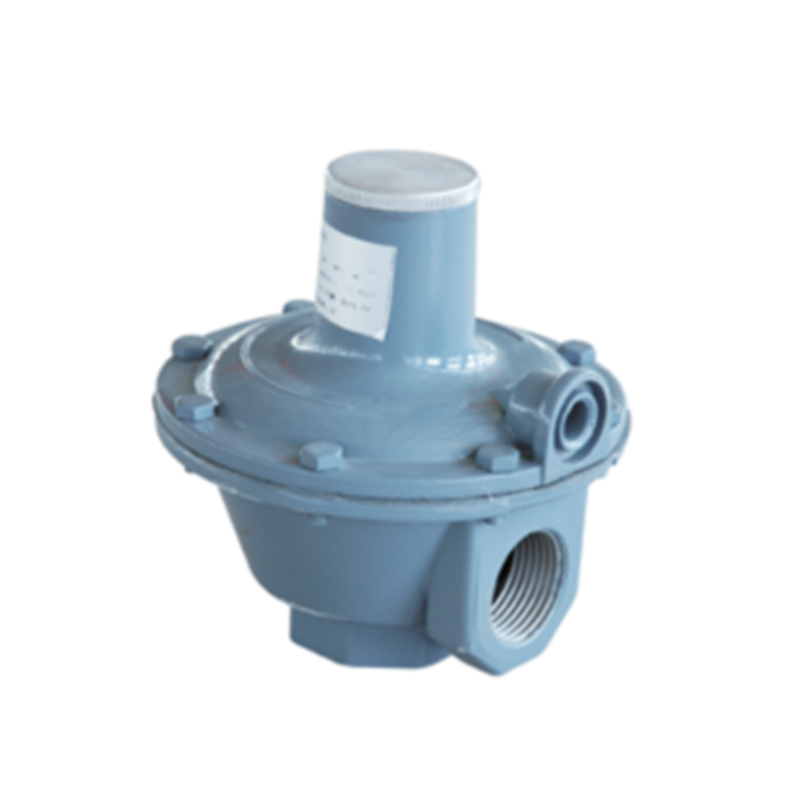
Nov . 10, 2024 20:01
Back to list
Gas purification system for improved air quality and environmental protection
Gas Purification Devices An Overview
In the modern industrial landscape, the need for effective gas purification has become increasingly critical. As industries grow and expand, the emissions they produce pose environmental and health risks. Gas purification devices play a vital role in mitigating these risks, ensuring that gases released into the atmosphere meet regulatory standards and are safe for human health and the environment.
Gas purification devices are designed to remove impurities from various gases. These devices can target a range of contaminants, including particulate matter, volatile organic compounds (VOCs), sulfur dioxide, nitrogen oxides, carbon monoxide, and heavy metals. The primary aim is to improve air quality and reduce the harmful effects of pollutants.
There are several types of gas purification technologies available today, each suited for different applications and types of contaminants. Among the most common methods are adsorption, absorption, and catalytic techniques.
.
Absorption, on the other hand, involves the transfer of gas molecules into a liquid phase. In this process, a gas is passed through a liquid absorbent that selectively captures specific contaminants. This technique is particularly useful for removing gases like sulfur dioxide and carbon dioxide, with aqueous solutions of sodium hydroxide or amines often serving as absorbents.
جهاز تنقية الغاز

Catalytic techniques are another crucial category of gas purification devices. These systems utilize catalysts to facilitate reactions that convert harmful gases into less harmful substances. For instance, selective catalytic reduction (SCR) is a method used to reduce nitrogen oxides (NOx) emissions from industrial processes and vehicles. By introducing a reducing agent, such as ammonia, into the exhaust stream, the SCR system converts harmful NOx into nitrogen and water vapor, significantly lowering environmental impact.
The selection of a gas purification method depends on various factors, including the type of gas being treated, the concentration of pollutants, and the specific application. Industries such as petrochemical, steel manufacturing, and power generation are significant contributors to air pollution, making robust gas purification systems essential for compliance with environmental regulations.
In addition to traditional purification technologies, recent advancements in nanotechnology and materials science are paving the way for more efficient gas purification systems. Researchers are developing novel materials that can capture gases with higher efficiency and selectivity, potentially revolutionizing the field. Moreover, the integration of real-time monitoring systems allows industries to track emissions and optimize their purification processes dynamically.
With ongoing environmental challenges and the increasing pressure from regulatory bodies, investing in efficient gas purification technologies is not only a legal obligation but also a corporate responsibility. Companies adopting these solutions not only contribute to a cleaner environment but also enhance their sustainability profiles, which can improve their market competitiveness.
In conclusion, gas purification devices are essential in addressing the complex challenges associated with industrial emissions. Through a variety of technologies, these systems work diligently to remove harmful pollutants from gas streams, playing a crucial role in safeguarding public health and preserving the environment. As technology continues to advance, we can expect even more effective solutions to emerge, underscoring the ongoing commitment to clean air and a sustainable future.
Latest news
-
Safety Valve Spring-Loaded Design Overpressure ProtectionNewsJul.25,2025
-
Precision Voltage Regulator AC5 Accuracy Grade PerformanceNewsJul.25,2025
-
Natural Gas Pressure Regulating Skid Industrial Pipeline ApplicationsNewsJul.25,2025
-
Natural Gas Filter Stainless Steel Mesh Element DesignNewsJul.25,2025
-
Gas Pressure Regulator Valve Direct-Acting Spring-Loaded DesignNewsJul.25,2025
-
Decompression Equipment Multi-Stage Heat Exchange System DesignNewsJul.25,2025

